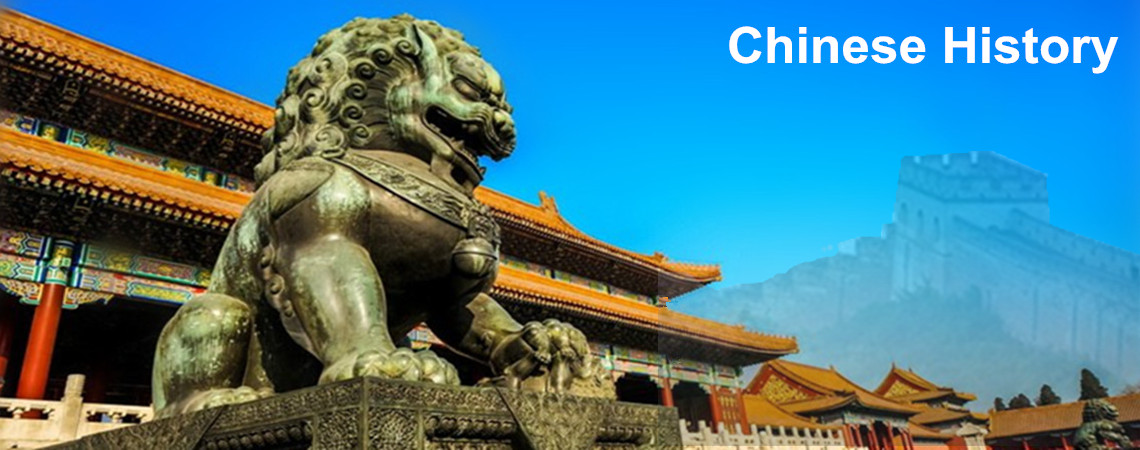
Prehistoric Times ((?- 2070BC)
Chinese name: 原始社会 (Yuanshi Shehui)
Established: 1,700,000 years ago
Capital:
Succeeded by: Xia Dynasty in 2070 BC
Paleolithic Age
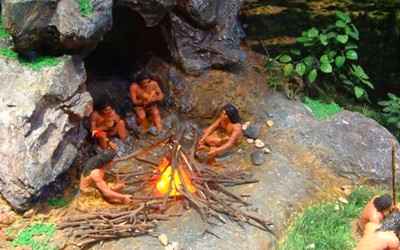 Paleolithic Age was characterized by the use of some simple tools. It is said that Yuanmou Man lived 1,700,000 years ago and was the earliest man in China known to the people. It was found in Yunnan Province.
Paleolithic Age was characterized by the use of some simple tools. It is said that Yuanmou Man lived 1,700,000 years ago and was the earliest man in China known to the people. It was found in Yunnan Province.
Lantian Man and Peking Man also lived during the Paleolithic Age. Mainly inhabiting caves, humans at that time were gregarious. In addition to the use of some simple tools, they first discovered fire and used it often in their daily lives. The
Peking Man Site at Zhoukoudian in Beijing is good evidence for this.
Neolithic Age
The Neolithic age in China can be traced back to about 10,000 BC.
The Neolithic Age was a more advanced period compared to the Paleolithic Age. People built houses and began to farm by using grinding stones. Extraordinary advancements were made during this period, whether in spinning and carving skills, or in vehicle making techniques, and music. The famous Yangshao Culture and Longshan Culture belonged to this age.
Bronze Age
Bronze artifacts have been found at the Majiayao culture site (between 3100 and 2700 BC),The Bronze Age is also represented at the Lower Xiajiadian culture (2200–1600 BC site in northeast China. Sanxingdui located in what is now Sichuan province is believed to be the site of a major ancient city, of a previously unknown Bronze Age culture (between 2000 and 1200 BC). The site was first discovered in 1929 and then re-discovered in 1986. Chinese archaeologists have identified the Sanxingdui culture to be part of the ancient kingdom of Shu, linking the artifacts found at the site to its early legendary kings.
Ferrous metallurgy begins to appear in the late 6th century in the Yangzi Valley. An bronze tomahawk with a blade of meteoric iron excavated near the city of Gaocheng in Shijiazhuang (now Hebei province) has been dated to the 14th century BC. For this reason, authors have used the term "Iron Age" by convention for the transitional period of c. 500 BC to 100 BC, roughly corresponding to the Warring States period of Chinese historiography. An Iron Age culture of the Tibetan Plateau has tentatively been associated with the Zhang Zhung culture described in early Tibetan writings.
Later Period of the Prehistoric Times
As life in Prehistoric Times was hard and full of challenges, people lived together to fight against terrible weather conditions and all kinds of natural disasters. The Chief was chosen according to one's ability in a system that was called the Abdication System. Shun was recommended by the previous chief, Yao, and became his successor. Later, Yu became the chief because of his contribution to controlling floodwaters. This system continued until 2070 BC when Boyi was recommended by Yu and Qi. Yu's son killed Boyi and made himself the king. Thus the Abdication System ended. The first dynasty - Xia hereafter came the forth ruling family in Chinese history.
War beteen the Yelllow Emperor,Yan Emperor and Chiyou
The last Yan Emperor, met the end of his reign in the third of a series of three battles, known as the Battle of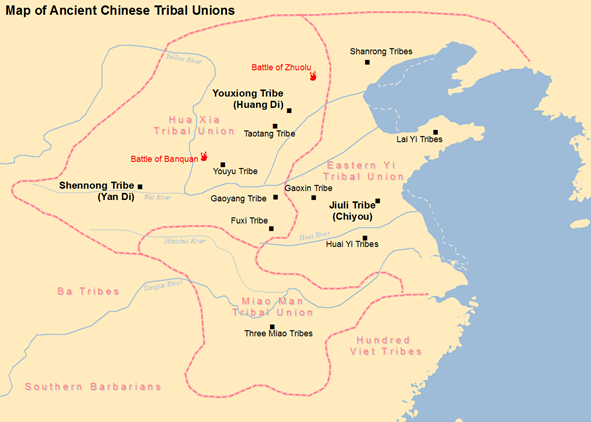 Banquan. The exact location of this battle is disputed among modern historians, due to multiple locations adopting the same name at various points through history. Possible candidates include Zhuolu County and Huailai County in Zhangjiakou, Hebei,Yanqing District in Beijing, Fugou County in Zhoukou, Henan, and Yanhu District in Yuncheng, Shanxi.
Banquan. The exact location of this battle is disputed among modern historians, due to multiple locations adopting the same name at various points through history. Possible candidates include Zhuolu County and Huailai County in Zhangjiakou, Hebei,Yanqing District in Beijing, Fugou County in Zhoukou, Henan, and Yanhu District in Yuncheng, Shanxi.
The Yan Emperor, retreating from a recent invasion from the forces of Chi You, came into territorial conflict with its neighbouring Youxiong tribes, led by the Yellow Emperor. The Yan Emperor was defeated after three successive battles and surrendered to the Yellow Emperor, who assumed the title of overlord (Chinese: 共主) and agreed to merge the two tribes into a new confederation — the Yanhuang tribe. Under the Yellow Emperor's leadership, the newly combined tribes then went to war and defeated Chi You in the Battle of Zhuolu, and established their cultural and political dominance in China proper.
Historical Figures In Prehistoric Times
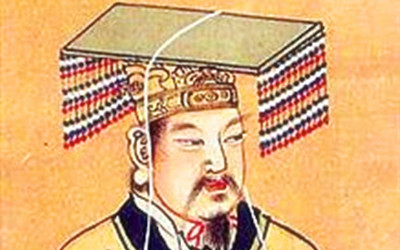 |
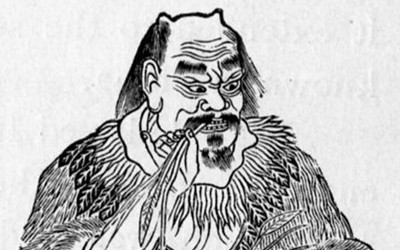 |
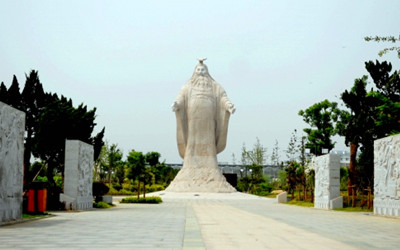 |
| Huangdi | Emperor Yan | Emperor Yao 尧帝 |
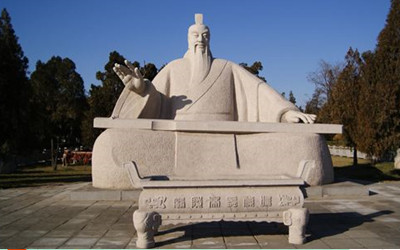 |
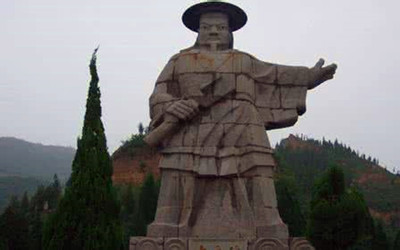 |
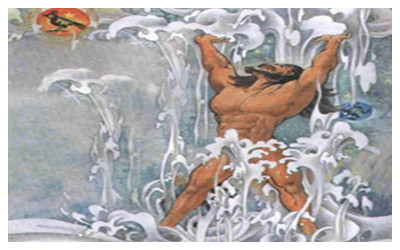 |
| Emperor Shun 舜帝 | The Great Yu 大禹 | Pangu 盘古 |
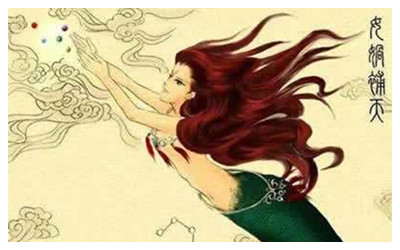 |
 |
|
| Nüwa 女娲 | Chiyou (蚩尤) |






 Ask Questions ?
Ask Questions ?